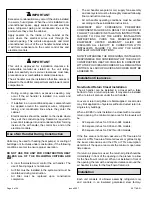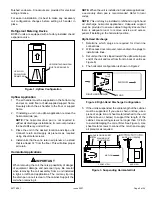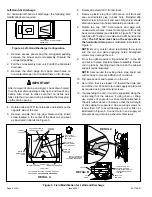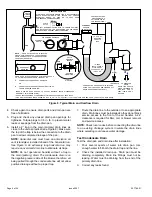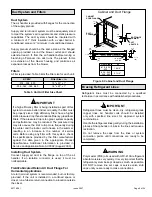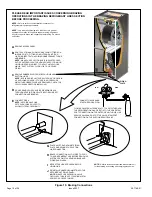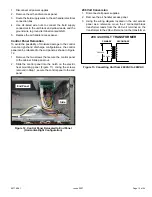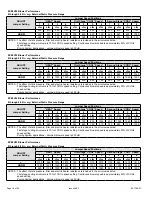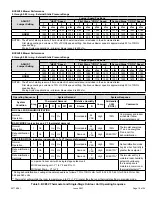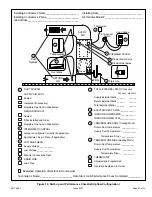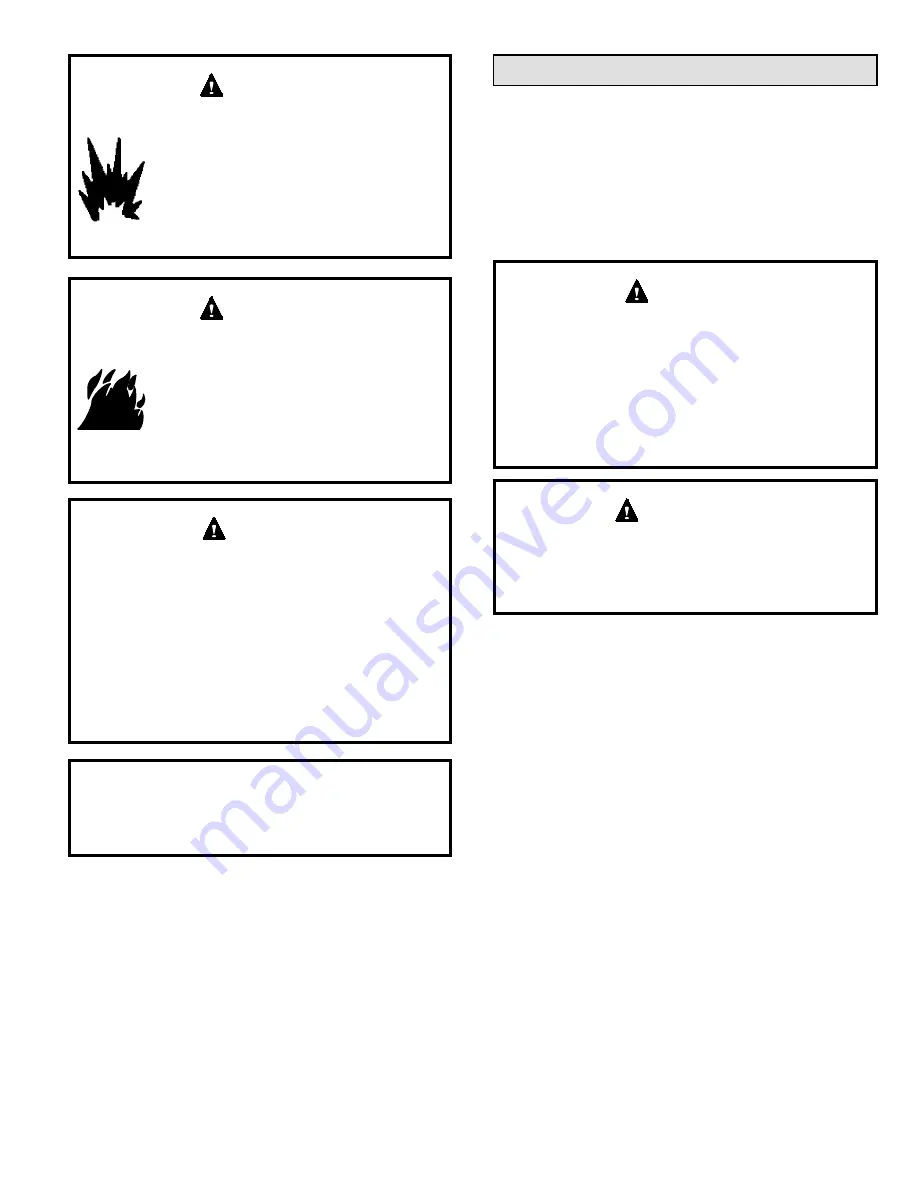
507789-01
Issue 2007
Page 11 of 24
To prevent the build-up of high levels of
nitrogen when purging, it must be done in a
well-ventilated area. Purge low-pressure
nitrogen (1 to 2 psig, 6.9 to 13.8 kPa)
through the refrigerant piping during
brazing. This will help to prevent oxidation
and the introduction of moisture into the
system.
WARNING
Danger of fire. Bleeding the refrigerant
charge from only the high side may result in
pressurization of the low side shell and
suction tubing. Application of a brazing
torch to a pressurized system may result in
ignition of the refrigerant and oil mixture.
Check the high and low pressures before
applying heat.
WARNING
Brazing alloys and flux contain materials which are
hazardous to your health.
Avoid breathing vapors or fumes from brazing
operations. Perform operations only in well-ventilated
areas.
Wear gloves and protective goggles or face shield to
protect against burns.
Wash hands with soap and water after handling brazing
alloys and flux.
CAUTION
Recommended line length is 50’ or less. If more than 50’
line set is required, contact Technical Services.
NOTE
Sealing the Unit
Seal the unit so that warm air is not allowed into the cabinet.
Warm air introduces moisture, which results in water blow-
off problems. This is especially important when the unit is
installed in an unconditioned area.
If installed in an unconditioned space, sealant should be
applied around the electrical wires, refrigerant tubing, and
condensate lines where they enter the cabinet.
There must be an airtight seal between the bottom of
the air handler and the return air plenum. Use fiberglass
sealing strips, caulking, or equivalent sealing method
between the plenum and the air handler cabinet to
ensure a tight seal. Return air must not be drawn from a
room where this air handler or any gas-fueled appliance
(i.e., water heater), or carbon monoxide-producing
device (i.e., wood fireplace) is installed.
WARNING
Use duct tape and/or Permagum to seal closed any
space around the holes where the drain lines exit the
cabinet. Warm air must not be allowed to enter through
any gaps or holes in the cabinet.
IMPORTANT




